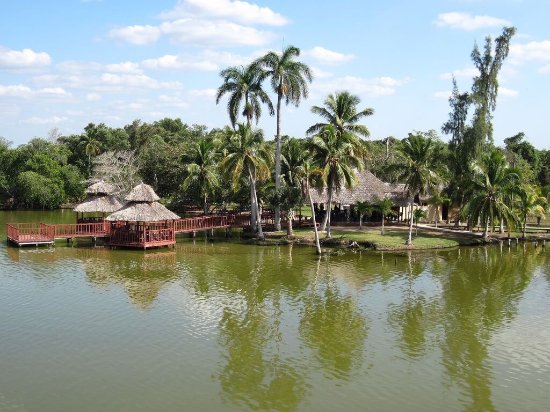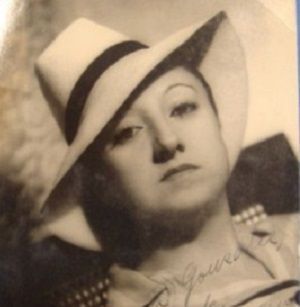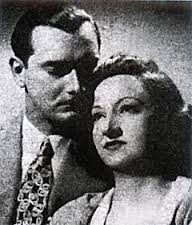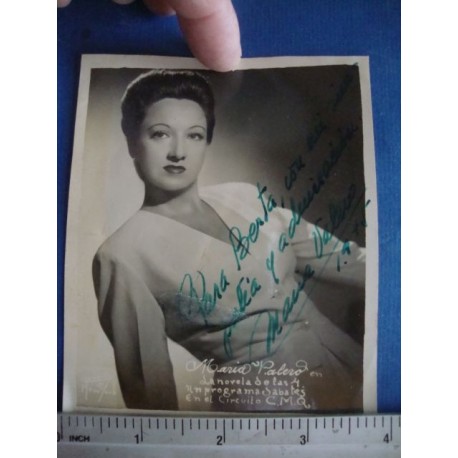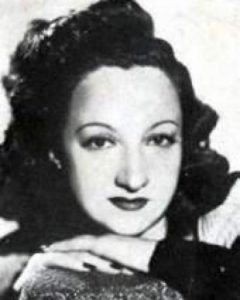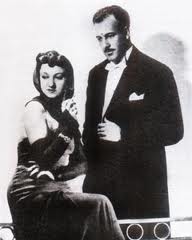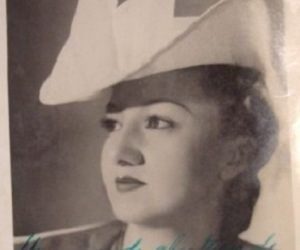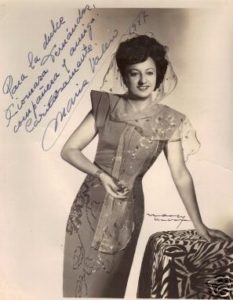 NUESTRA SEÑORA LA VIRGEN DE REGLA, PROTECTORA DE LA BAHÍA DE LA HABANA.
NUESTRA SEÑORA LA VIRGEN DE REGLA, PROTECTORA DE LA BAHÍA DE LA HABANA.
La Virgen de Regla es la patrona del pueblo que lleva su nombre frente a la Bahía de La Habana y que viste toda de azul, se identifica con Yemayá, la dueña del mar. Con su veneración se funde casi todo el panteón Yoruba con la cristiandad en el sincretismo y la transculturación de lo africano y lo español, dando forma al mestizaje criollo en el que se basa la nacionalidad cubana.
Cuando se llega a Regla, uno de los 15 municipios de La Habana, lo primero que se observa es la ermita que, mirando al mar, se construyó por primera vez en ese sitio en 1690 gracias a las limosnas y un donativo que consiguió un peregrino peruano llamado Manuel Antonio. Una tormenta destruyó la primera edificación, construida con tablas y yaguas de guano. En 1792, un asturiano llamado Juan de Coyedo Martín levantó una ermita de tapia y tejas, que también servía de vivienda a los limosneros que a ella se acercaban. La virgen está desde entonces en el altar mayor, desde donde protege a la Bahía de La Habana.
La ermita, levantada en una colina, es humilde. Sus altares no están, como en otras de algunos países de América Latina donde abundó el oro, revestido del precioso metal. Tampoco la virgen es ostentosa. Apenas se vislumbra su rostro entre la vestimenta azul con encajes blancos. El color azul de su vestido, que es el del mar, identifica a la capital cubana.
La Virgen de Regla fue el símbolo mandado a tallar en España por un feligrés que quiso que en el reconstruido santuario se venerara aquella misma virgen que en el siglo V ordenara esculpir San Agustín el Africano, Obispo de Hipona, inspirado por una revelación. El Obispo nació en Tagaste, África, y vivió por los años 360 al 436. Él fue un padre cultísimo, hasta considerarse uno de los más prolíferos en el campo de las letras. Él había tenido una revelación: un ángel le había vaticinado que debía ser tallada en madera la esfinge que luego debía colocarse bien adornada en su oratorio, por ello lo que el padre hizo fue seguir al pie de la letra las instrucciones. Este ordenó tallar la figura de la virgen con el color negro, de acuerdo a la tez de los africanos.
Se dice que el obispo utilizó la mejor madera de cedro que pudo encontrar. Al parecer los siglos le han borrado el nombre puesto por San Agustín, que parece probable fuera el actual de la santa imagen. Desde el momento en que la ermita de la Virgen de Regla estuvo al pie, se ramificó el espíritu público de su devoción se convirtió en foco de piedad, y venía personas desde los más apartados lugares a rendirle homenaje. La devoción crecía más y más. En 1708 se agregó a la iglesia dos altares, por no dar abasto el que había para las misas.
El 14 de diciembre del propio 1708, se juró la Virgen de Regla por Patrona de la Bahía, se depositó la llave que tuvo en sus pies, que simboliza San Cristóbal de La Habana, por el Regidor Decano de ese Cabildo. En 1717 el Sacramento se hizo con tal solemnidad, que se adicionó 8 días consecutivos de fiesta y regocijo, y en 1734, se fundó la hermandad de la Concordia de Nuestra Señora de Regla concediéndosele a los devotos inscritos en ella, gracias e indulgencias.
La actual iglesia se construyó en 1811, en septiembre, Gonzalo Herrera fue el padrino, aunque en 1818 se terminaron de construir la torre y el frontis, gracias a la obra del matemático Pedro Abad Villarreal, y el alarife Don Pedro Justiniani.
En las creencias afrocubanas las abluciones en homenaje a Yemayá tienen algo del rito de la virgen de las barcas. Yemayá fue la que apartó las aguas por encargo de Dios (Olofi). Ambas vírgenes, tanto la de la Caridad como la de Regla son símbolos ante las tempestades. Los navegantes las invocan y las han fijado como refugios en las tormentas. En la historias de los navegantes cubanos hay no pocas historias que hablan de personas salvadas gracias a algún milagro de la Virgen de Regla.
Fiesta de Nuestra Señora de Regla
Es una tradición patronal, que se realiza anualmente desde el 8 de septiembre de 1696, cuando se ubicó en el Santuario la imagen actual de la Virgen de Regla. Surgió con un carácter ritual, pero el pueblo le incorporó gradualmente elementos laicos entre los Siglos XVIII y XX. Desde 1961 ha conservado su autenticidad como fiesta religiosa, circunscrita al templo católico y al espacio público donde se verifica la procesión de la Virgen.
En particular se ha mantenido la antigua costumbre de visitar la Iglesia el dia 8, pero dejó de celebrarse el domingo siguiente a este dia la procesión mencionada, imponiéndose sin salida el mismo día de la Natividad de la Virgen. Participa en este festejo la Imagen de la Virgen de Regla y sus ornamentos, el Conjunto de culto y rituales utilizados en la misa, procesión y otras acciones. Y se realiza en el Santuario Nacional de nuestra señora de Regla.
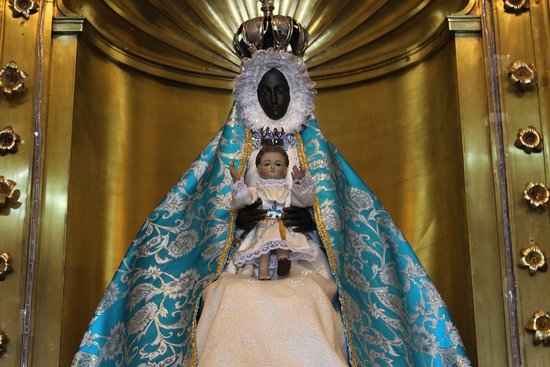 OUR VIRGIN OF REGLA, PROTECTORA OF THE BAY OF HAVANA.
OUR VIRGIN OF REGLA, PROTECTORA OF THE BAY OF HAVANA.
The Virgin of Regla is the patron saint of the town that bears her name in front of the Bay of Havana and that dresses all blue, is identified with Yemayá, the owner of the sea. With his veneration almost all the Yoruba pantheon melts with Christianity in the syncretism and the transculturation of the African and the Spanish, giving shape to the Creole miscegenation on which the Cuban nationality is based.
When you come to Regla, one of the 15 municipalities of Havana, the first thing you see is the chapel that, looking out to sea, was built for the first time on that site in 1690 thanks to alms and a donation that got a pilgrim Peruvian called Manuel Antonio. A storm destroyed the first building, built with boards and guano yaguas. In 1792, an Asturian named Juan de Coyedo Martín built a hermitage of mud and tiles, which also served as a home for the bereaved who approached it. Since then the Virgin has been on the main altar, from where she protects the Bay of Havana.
The hermitage, raised on a hill, is humble. Their altars are not, as in other Latin American countries where gold abounded, covered with precious metal. Neither is the virgin ostentatious. His face is barely visible among the blue dress with white lace. The blue color of her dress, which is that of the sea, identifies the Cuban capital.
La Virgen de Regla was commanded to carve in Spain by a parishioner who wanted the sanctuary rebuilt that same virgin in the V century St. Augustine ordered sculpt the African, Bishop of Hippo, inspired by a revelation venerated symbol. The Bishop was born in Tagaste, Africa, and lived for the years 360 to 436. He was a very cultured father, even considered one of the most prolific in the field of letters. He had had a revelation: an angel had predicted that the sphinx should be carved in wood, which should then be placed well decorated in his oratory, so what the father did was to follow the instructions to the letter. This ordered to carve the figure of the Virgin with the color black, according to the complexion of the Africans.
It is said that the bishop used the best cedar wood he could find. Apparently the centuries have erased the name put by San Agustín, which seems likely to be the current one of the holy image. From the moment the hermitage of the Virgin of Regla was at the foot, the public spirit of his devotion branched off and became a focus of piety, and people came from the most remote places to pay homage to him. Devotion grew more and more. In 1708 two altars were added to the church, because they did not have enough for the masses.
On December 14, 1708, the Virgin of Regla was sworn by Patron Saint of the Bay, the key she had on her feet, symbolized by San Cristóbal de La Habana, was deposited by the Dean of that Cabildo. In 1717 the Sacramento took such solemnity, which was added 8 consecutive days of celebration and joy, and in 1734, the brotherhood of Concordia of Our Lady of Regla which was given to the devotees enrolled in it, thanks and indulgences was founded.
The current church was built in 1811, in September, Gonzalo Herrera was the godfather, although in 1818 the tower and front were completed, thanks to the work of the mathematician Pedro Abad Villarreal, and the architect Don Pedro Justiniani.
In the Afro-Cuban beliefs the ablutions in homage to Yemayá have something of the rite of the virgin of the boats. Yemayá was the one that separated the waters by order of God (Olofi). Both virgins, both Charity and Rule are symbols before the storms. The navigators invoke them and have fixed them as shelters in the storms. In the stories of Cuban navigators there are not a few stories that speak of people saved thanks to some miracle of the Virgin of Regla.
It is a patronal tradition, which takes place annually since September 8, 1696, when the current image of the Virgin of Regla was placed in the Sanctuary. It emerged with a ritual character, but the people gradually incorporated lay elements between the eighteenth and twentieth centuries. Since 1961 it has preserved its authenticity as a religious festival, circumscribed to the Catholic temple and the public space where the procession of the Virgin is verified.
In particular, the old custom of visiting the Church on the 8th has been maintained, but the procession mentioned was no longer celebrated on the Sunday following this day, and the same day of the Nativity of the Virgin was imposed without an exit. Participate in this celebration the Image of the Virgin of Regla and its ornaments, the set of worship and rituals used in the mass, procession and other actions. And it takes place in the National Sanctuary of our Lady of Regla.
Agencies/Ecured/Wiki/Various/ Excerpts/ Extractos/ Internet Photos/ YouTube/ Arnoldo Varona/ www.TheCubanHistory.com
THE CUBAN HISTORY, HOLLYWOOD.








